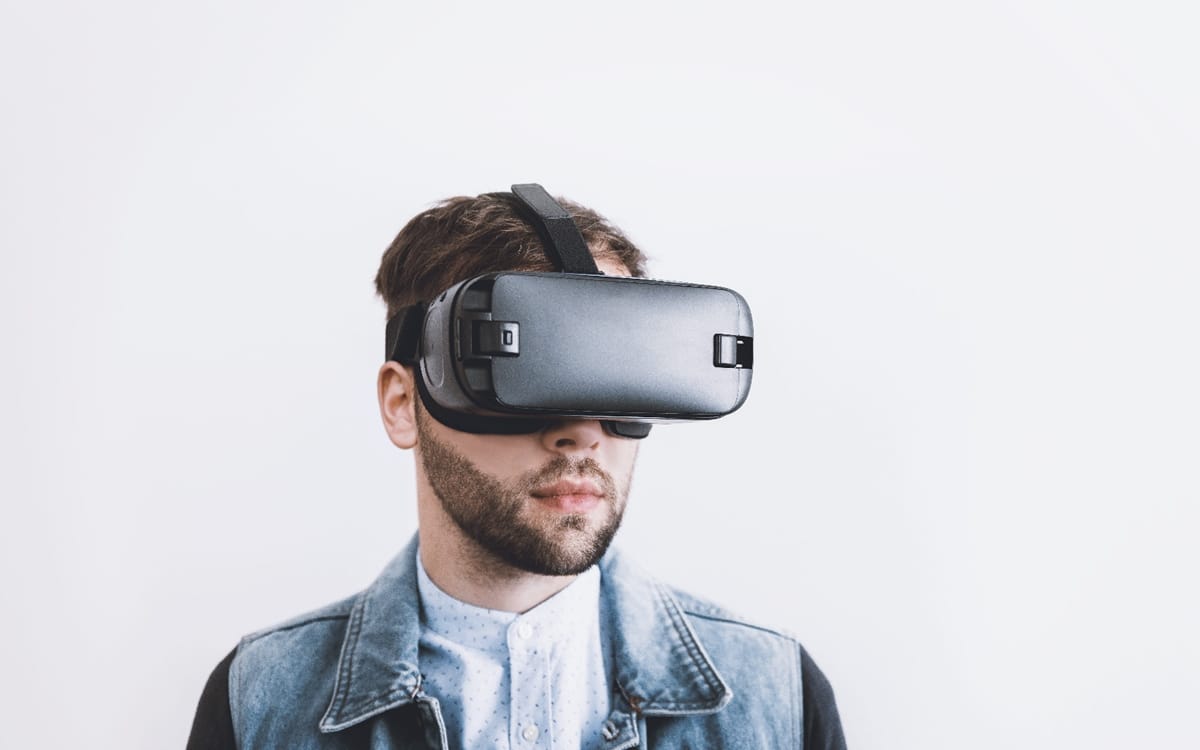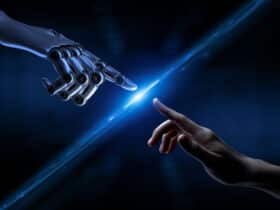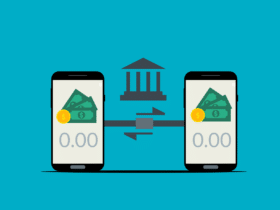In a rapidly evolving digital age, Virtual Reality (VR) stands out as a beacon of technological advancement. It’s not just about strapping on a headset and entering a different world—it’s about reshaping the very fabric of our experiences. As this technology intertwines more with our daily lives, it’s crucial to understand how it’s enhancing various aspects of human existence. Let’s journey through the transformative virtual reality benefits.
1. Enhanced Learning and Education
Gone are the days when learning was confined to the static pages of textbooks or the four walls of classrooms. Virtual Reality offers a dynamic shift, transforming passive learning into an active, immersive experience. Imagine history students walking alongside Martin Luther King Jr. during his famous march or biology enthusiasts exploring the intricate layers of human cells from within.
With VR, complex concepts become tangible, historical events become lifelike, and geographical boundaries fade. It’s not just about visual immersion; it’s about fostering curiosity, improving comprehension, and making virtual reality education a journey rather than a task.
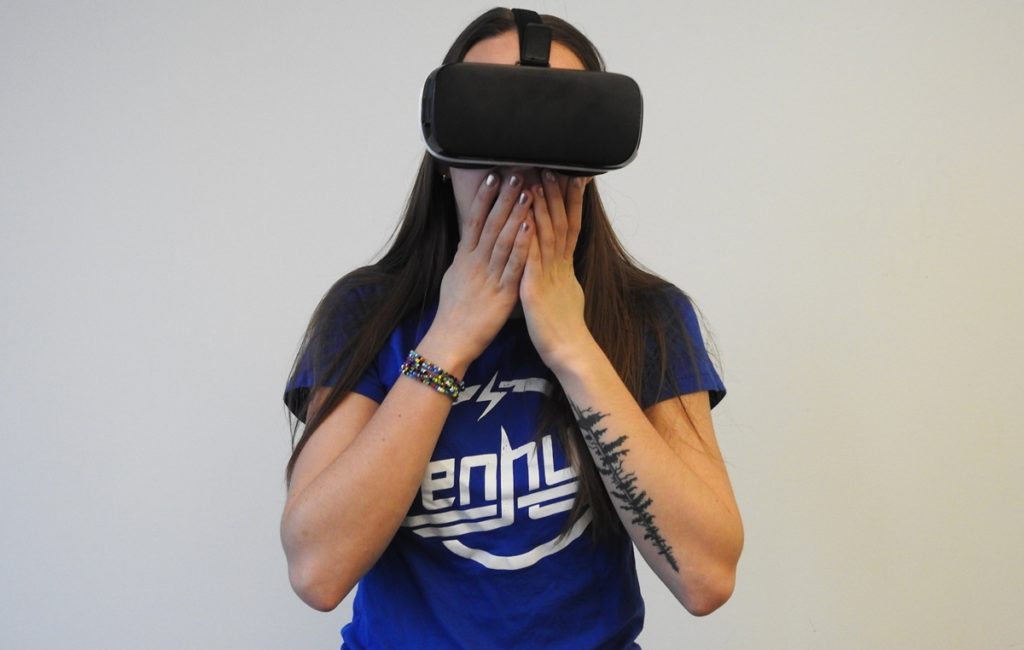
2. Improved Medical and Therapeutic Practices
The healthcare industry is witnessing a VR-driven metamorphosis. Surgeons can now practice complicated procedures in virtual environments before performing actual surgeries, reducing risks and improving outcomes. For patients, VR can be a source of solace: burn victims, for example, have been immersed in cool, virtual landscapes as a method of pain management.
Furthermore, therapists use VR to treat various conditions, from PTSD to phobias. By recreating triggering scenarios in controlled virtual settings, patients can confront and manage their anxieties more effectively. Thus, VR isn’t just a tool; it’s a therapeutic companion.
3. Revolutionizing Gaming and Entertainment
The realm of entertainment has been utterly transformed by VR. Gamers don’t just play; they inhabit games. They interact with characters, make choices that affect narratives, and experience worlds in 360 degrees.
But the revolution isn’t limited to gaming. Imagine watching a movie and being in the midst of the action or attending virtual concerts where the experience is tailored to the individual. VR transcends traditional passive consumption, making every movie, game, or show a deeply personal and immersive journey.
4. Enhanced Training and Simulation
Training in fields like aviation, military, or even emergency services often involves risks. With VR, these risks are mitigated. A budding pilot can experience the challenges of a turbulent flight without leaving the ground. Soldiers can simulate combat scenarios to prepare for real-world situations.
Retail chains can train employees in managing Black Friday rushes without the chaos of real crowds. VR offers a safe environment to learn, make mistakes, adapt, and improve, ensuring that when faced with real-world scenarios, individuals are better prepared.
5. Streamlined Design and Prototyping
Prototyping, a crucial step in design and manufacturing, often involves time, resources, and costs. With VR, this process is simplified. An architect can walk through a building even before the foundation is laid.
Automotive designers can take a virtual test drive of a new car model. Fashion designers can see how a dress flows and fits on a virtual model. VR allows for rapid iterations, immediate feedback, and a significant reduction in prototyping costs, bridging the gap between conception and realization.
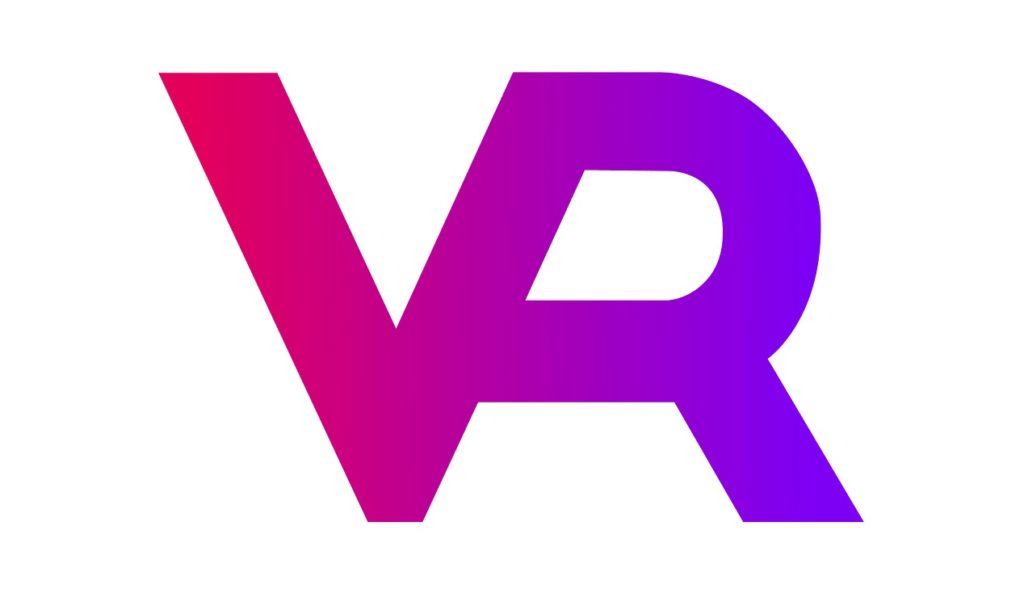
6. Facilitating Global Interactions
In an increasingly globalized world, VR is the bridge connecting distant shores. Business meetings no longer require international travel; colleagues can sit around a virtual conference table. Friends separated by continents can watch a movie together in a virtual living room.
Educators can conduct global classrooms, uniting students from diverse backgrounds. Through VR, distances diminish, cultures converge, and interactions become more enriched and personalized.
7. Transforming Commerce and Retail
Shopping is evolving from a tactile to a virtual experience, all thanks to VR. Customers can try on clothes in virtual dressing rooms, place furniture in their homes to see how it looks, or even test drive cars on virtual terrains.
This immersive shopping experience not only enhances customer satisfaction but also empowers them to make informed decisions. For retailers, this means reduced return rates, increased sales, and an opportunity to provide unprecedented value to their clientele.
Conclusion
Virtual Reality, once a figment of sci-fi imagination, is now a tangible force revolutionizing our daily lives. Its benefits transcend entertainment, touching vital facets of our existence—education, health, commerce, and social interactions. As VR continues to evolve and integrate deeper into our routines, we stand on the cusp of an era where the boundaries between the tangible and virtual blur, enriching our experiences and broadening our horizons. Embracing VR is not just about adopting a new technology; it’s about unlocking a myriad of possibilities that augment our reality.









